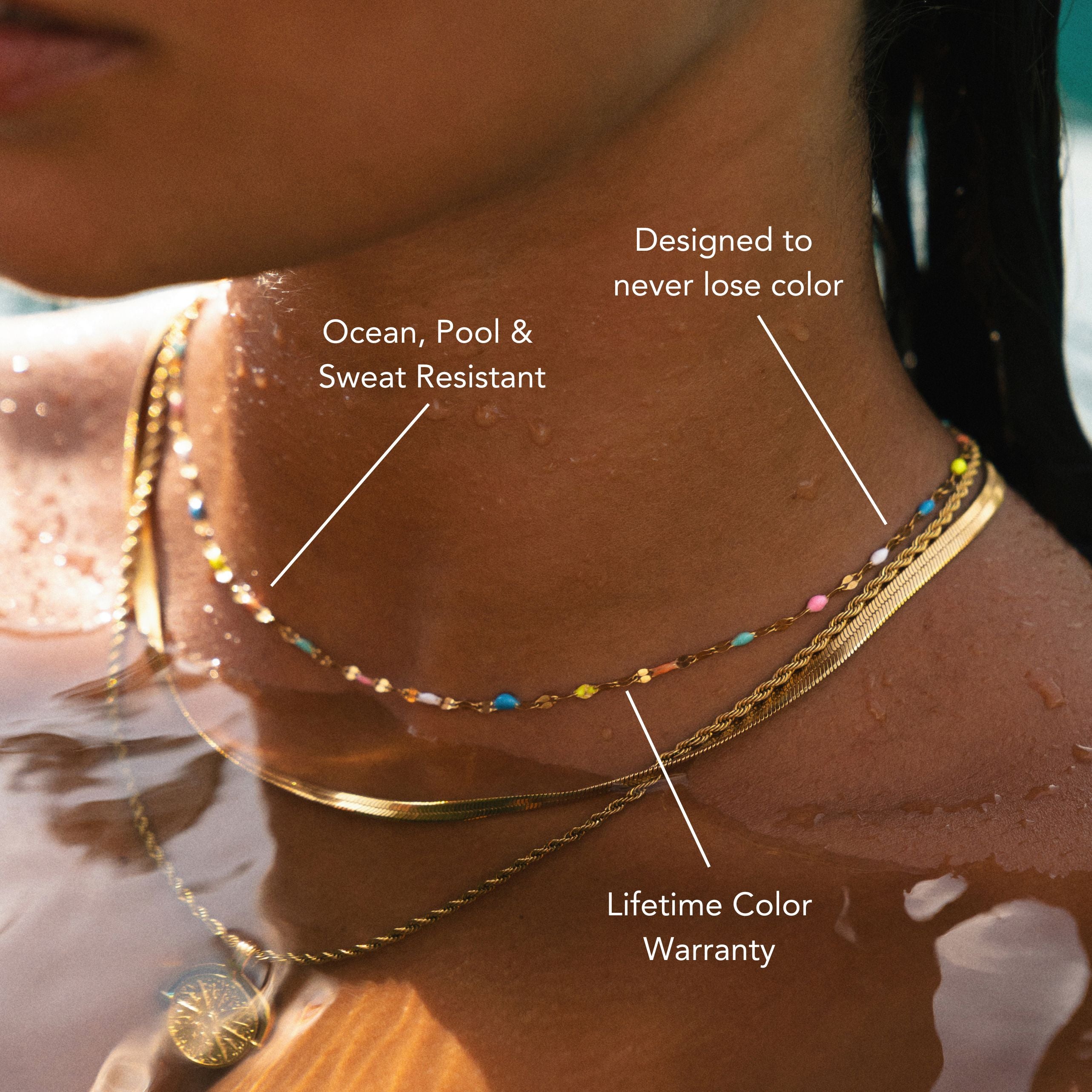Most Dangerous Fishes in the Ocean
Our ocean is home to almost 40,000 species of aquatic life. Dangerous can be a little misleading regarding marine life, as sharks would often be the center of that. However, some of the deadliest ones are not even the size of a palm of your hand, some are small enough, but they pack venom that can kill a human being in a single bite.
It's not surprising how some of them are the most dangerous ones. If you are curious about what fishes are the most dangerous, be our guest! Today, we will all talk about the ocean's most dangerous fishes. So, what are you waiting for? Read further down below and know the most dangerous fish in the ocean.
Five Most Dangerous Fish in the Ocean
If you're wondering what rounds up our list, read below. Note, these are by no means ranked according to how dangerous they are. These are random orders, but they are still the most dangerous ones.
1. Puffer Fish
While they may not be known to be aggressive creatures such as the shark, they fall into the dangerous category because of how venomous they are and not how for being carnivorous.
The Pufferfish has long been one of the most dangerous fish in the ocean, most notably inflating themselves when they feel threatened. However, what makes them on the list is they contain a type of toxin called tetrodotoxin. In one instance, it is a toxin powerful enough to kill 30 adult people.
They are more dangerous when eaten rather than meeting them in the water. There are only a handful of chefs in the world that are allowed to cook this type of fish. Before you can cook this one, you must enroll in a school specializing in puffer fish cooking just to serve it in your café or restaurant.
2. Candiru
A list of the most dangerous fish in the ocean without Candiru is incomplete. Mainly found in the amazon river, Candiru might be small, but they pack a deadly punch. That's why they belong on this list!
They are parasitic catfish that are somewhat difficult to find with your naked eye because of their translucent bodies. What makes them dangerous? They primarily feed on blood and have become one of the reasons why most people in the Amazon don't swim in the river.
In one rare occurrence, they were small enough to fit into the hole of the vagina and crawled their way into the urethra! Once they're inside the body, removing them from their backward spines is quite hard. They also lay eggs inside the organs. Unless they are removed, it leads to death.
3. Goliath Tigerfish
There's not a more horrifying name than the Goliath Tigerfish. As the name suggests, they are simply maniacs when it comes to being predators. They are commonly found along the Congo River Basin and are mainly freshwater fish.
Why are they included? They are included on this list for one primary reason: They strike fear in the people's hearts once they meet them in the river. These freshwater predatory fishes are known to bite down anything they come across. Their large and protruding teeth are simply menacing to look at.
People are more scared of a Goliath Tigerfish than a piranha. They often attack unknowing swimmers and leave bite marks that can never fully heal. A Goliath Tigerfish is like a freshwater shark, they are apex predators of the river, and a sight of them can easily strike fear amongst people.
4. Great White Shark
While they're mostly misunderstood, Great White Shark has long been the topic of the most dangerous fish in the ocean. There's no introduction needed for this apex predator as their name can echo the entire world.
Great white sharks are known to attack humans. However, they are often mistaken for a silhouette of a seal or any type of aquatic animal. Their bite force is incredibly strong that they can easily snap a single human arm off with one swing. That's just how terrifying they are.
While there have been some great white shark attacks over the years, it pales compared to tiger sharks as they are the menacing counterparts of these sharks. There are more tiger shark attacks than great whites. In addition, great white shark attacks are unprovoked, whereas tiger sharks are in for the kill.
Still, there's not a single fish that is more intimidating enough than the great whites. Their massive bodies and pointed dorsal fin can easily strike fear in any snorkelers, swimmers, and divers. However, they are also one of the most misunderstood fishes on the planet.
5. Lionfish
Named after Earth's most vicious land predator, the Lionfish is also one of the deadliest and most dangerous fish in the ocean. Why? It is because they are highly venomous creatures in the ocean roaming through the coral reefs.
It is suggested that a single sting from the lionfish can instantly result in extreme pain, vomiting, breathing difficulties, and many more. Fortunately, while their stings aren't as fatal as the puffer fish, they can leave a lasting impression on anyone stung.
Also, they are dangerous to little ones and elderlies with a history of allergic reactions as they tend to affect these people on a larger scale. While they may be popular aquarium fish, meeting them in the open waters should be avoided at all costs. You never know what may lead to a lionfish encounter.
Wrapping Things Up
While there are quite a hundred or even thousands of dangerous fish in the ocean, we've listed some of the most dangerous ones. Whether they are predators or venomous, it would be better not to get up close and personal with them as you don't know what you will be getting.
Also, attacks are often unprovoked, but other ones are with deadly intentions. So, if you happen to spot one, staying out of the water would be wise to prevent any injuries that may lead to poisoning or even death.
No matter how frightening some species of fishes are, here at ATOLEA Jewelry you will surely fall in love with them!
We have unique Fish-inspired jewelry that will make you want to swim with them and appreciate their existence.
We also have a wide selection of irresistibly fashionable Ocean-inspired jewelry that we created to share our deep passion with the marine life.
So dive into our collection and wear the Ocean everywhere you go!





















Leave a comment
This site is protected by hCaptcha and the hCaptcha Privacy Policy and Terms of Service apply.